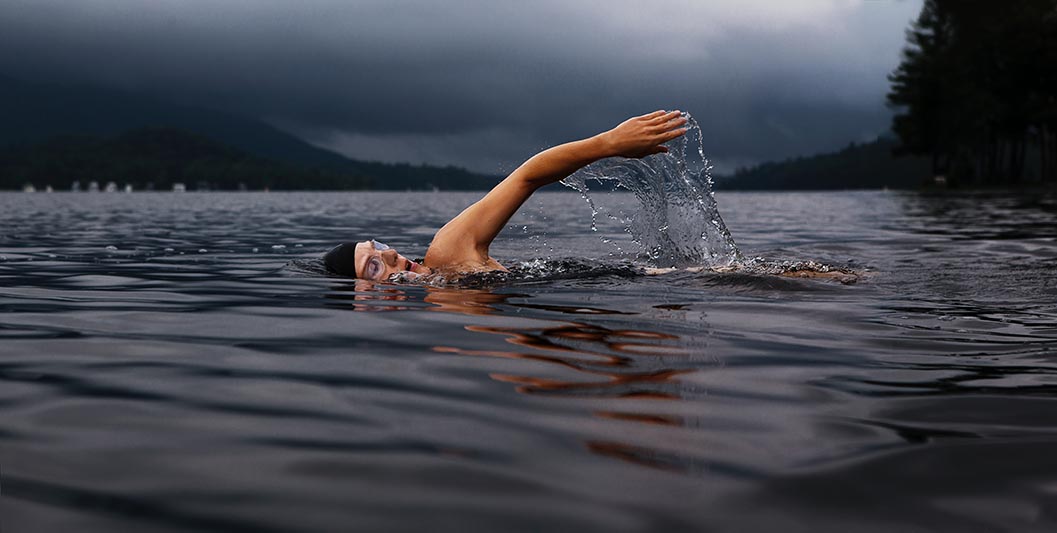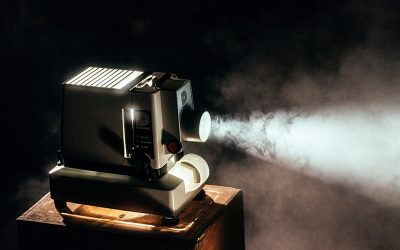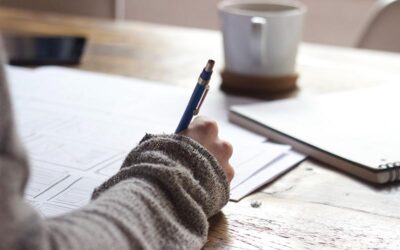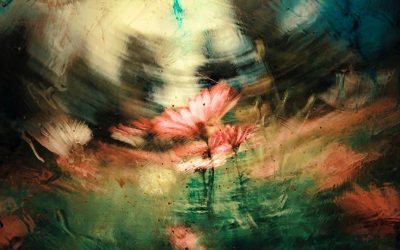Rhythm will become increasingly important as you apply yourself to your artistic craft over the next couple of seasons. Finding a steady sense of how you move through the day, especially within those hours devoted to the endeavor, is essential to your success.
Really spend some time considering rhythm over the next week. Establish for yourself a rough expectation of how you want to move through this endeavor. Are you better equipped to engage daily with the project, devoting some morning or evening hours every day? Or do you get the impression that carving out sporadic periods of time over the course of a week will be more beneficial? Another approach would be not to consider time at all. Rather, you could set a goal based upon output, such as 1,000 words a day, if you are writing a book. The answer to this question may feel a bit arbitrary right now, as you haven’t really had a chance to dive into the creative waters yet. Whatever feels just about right at this moment is a good place to start, but you may find that your artistic self will adjust this program to its own satisfaction. It will tell you when it is time to stop.
Strangely, it may be that the body registers this resistance first: it tells you with sore muscles or a back too long bent over an easel that you need to retreat from the endeavor. My sense of sight has an odd way of telling me when I am done for the day. I can often write for hours, clattering away at the keyboard. But at some imperceptible point, my attention shifts. I am no longer so concerned with the content of the writing project in front of me. Instead, I have become obsessed with the letter ‘y’. It hasn’t bothered me for hours and hours. But, at this juncture, I cannot take my mind off it.
In this instant, I am gripped by an aesthetic aversion to the letter. I just hate the way the tail hangs off the line of text – it feels jarring and intrusive – an affront to the roll of letters around it. I don’t mind the ‘g’ and the ‘j’ – even love the “q” — for they all have rounded contours to their descenders which seem to resolve their shapes.
I start to alter my text, searching out synonyms for words that are perfectly acceptable but regrettably contain that dreaded letter. “Always” gets replaced with “forever.” “Bicycle” becomes “a two-wheeled self-propelled mode of transport.” Obviously, things begin to go a little haywire, once this aversion settles in. It happens every day too. Worse, I am not able to spot it right away. The pattern sneaks up on me. I will make these corrections for a spell before I realize that I am not really writing anything of value. I am just trying to tiptoe through the minefield of that noxious letter.
Once the realization strikes, however, then I know that I am finished for the day. Nothing is going to come to mind that will be of any significance. It is all a muddle. I have come to rely upon this peculiar typeface dilemma. It allows me to settle into a rhythm that is a bit idiosyncratic. It is based upon my own body telling me that it has had enough. I still get plenty accomplished, but the work progresses along the contours of my own psyche. It opens a creative window for me each day, but then rapidly closes it once my unconscious recognizes that I am spent.
Start with an objective measure of rhythm. But then, over the next couple of weeks, listen with your inner ear more closely, to establish a more personal pattern for this artistic pursuit. Your essential self will be inclined to work at its own schedule. Finding this internal rhythm will allow you to complete the project with more satisfaction and assuredness. You will gain momentum once engaging with your own personal rhythm.




